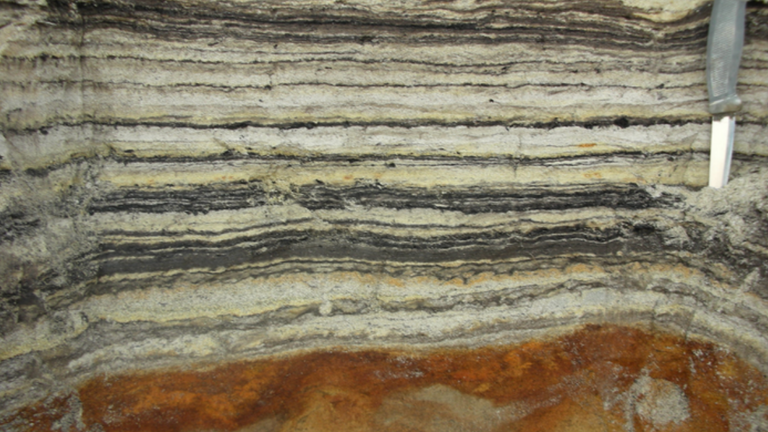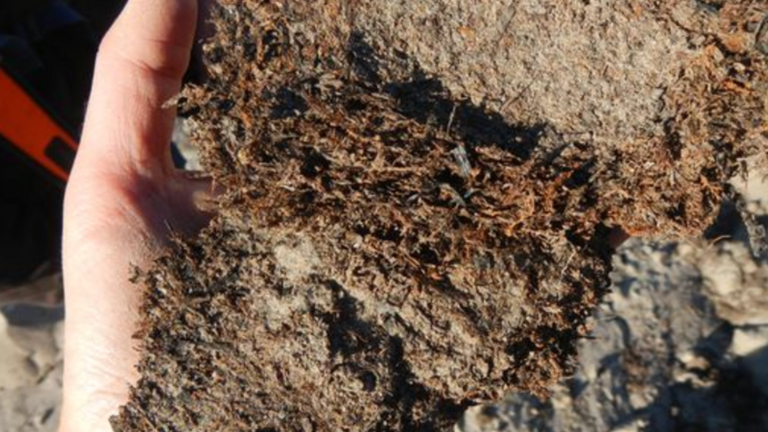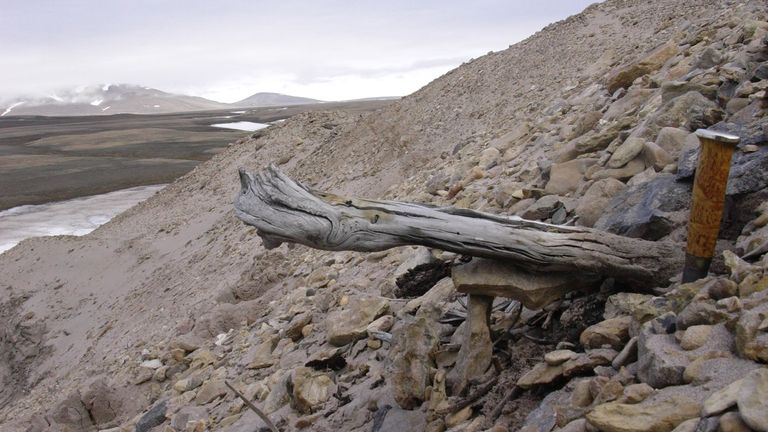The discovery of the world’s oldest DNA, dating back two million years, could reveal how to counteract global warming, scientists have said.
Opening what has been hailed as a “game-changing” new chapter in the history of evolution, microscopic fragments were found buried deep in sediment that had built up over 20,000 years in northern Greenland.
It allowed the DNA to survive despite extreme climate change, and beat the previous record – samples taken from a Siberian mammoth bone – by a million years.
The newly-discovered samples, which are incomplete and a few millionths of a millimetre long, come from a period when Greenland’s climate varied between Arctic and temperate and was 10-17C warmer than today.
They were found in the Kobenhavn Formation, a sediment deposit almost 100 metres thick and tucked within the mouth of a fjord in the Arctic Ocean.
Scientists found evidence of plants, microorganisms, and animals – including lemmings, reindeer, hares, and the elephant-like mastodon (the Ice Age mammal, not the social media platform).
Professor Eske Willerslev, who led the team, said: “DNA can degrade quickly, but we’ve shown that under the right circumstances, we can now go back further in time than anyone could have dared imagine.”
How were the DNA’s secrets unlocked?
Forty-one of the Ice Age-era samples discovered were useable for the scientists’ research.
They had to be detached from the clay and quartz in which they were buried, having been preserved by ice or permafrost and – crucially – undisturbed by humans.
Detective work by dozens of researchers spanning Denmark, the UK, US, France, Sweden, Norway, and Germany eventually led to the samples being compared with extensive libraries of DNA from present-day organisms.
That’s how they were able to find evidence of predecessors of species we know today, building a picture of a previously unknown stage in the evolution of many that still exist.
Some samples were taken back in 2006 during a previous expedition, but only new equipment developed in the years since allowed the DNA to be extracted.
Could the findings help save species from climate change?
The DNA’s survival through changing environmental conditions is the most striking feature of the discovery.
Assistant professor Mikkel W Pedersen said there was “no present-day equivalent” for the historical ecosystem from which the DNA dates back.
He added: “On the face of it, the climate seems to have been similar to the climate we expect on our planet in the future due to global warming.”
Prof Pedersen continued: “The data suggests that more species can evolve and adapt to wildly varying temperatures than previously thought.
“But, crucially, these results show they need time to do this.
“The speed of today’s global warming means organisms and species do not have that time, so the climate emergency remains a huge threat to biodiversity and the world.”
‘The possibilities are endless’
Professor Kurt H Kjaer, geology expert at the University of Copenhagen, said genetic engineering could be key to mimicking the strategy that allowed plants and trees two million years ago to survive amid rising temperatures.
“This is one of the reasons this scientific advance is so significant – because it could reveal how to attempt to counteract the devastating impact of global warming,” he added.
The next step could be to explore potentially rich deposits of ancient DNA in warm, humid environments.
Prof Willerslev described the possibilities as “endless”.
“If we can begin to explore ancient DNA in clay grains from Africa, we may be able to gather ground-breaking information about the origin of many different species,” he said.
“Perhaps even new knowledge about the first humans and their ancestors.”
The findings were published in the journal Nature.



